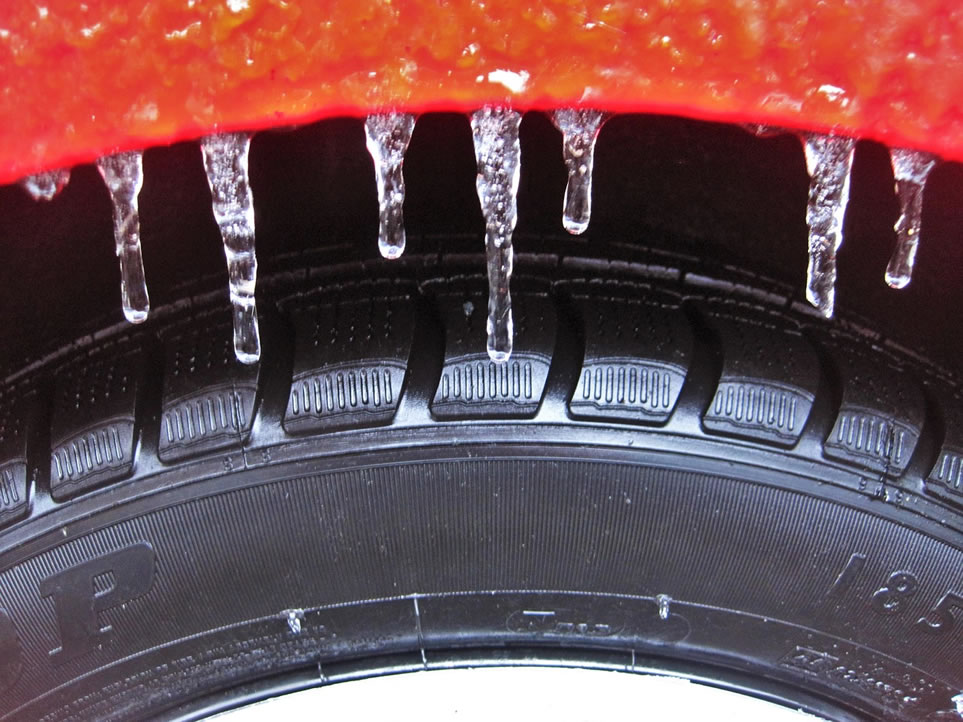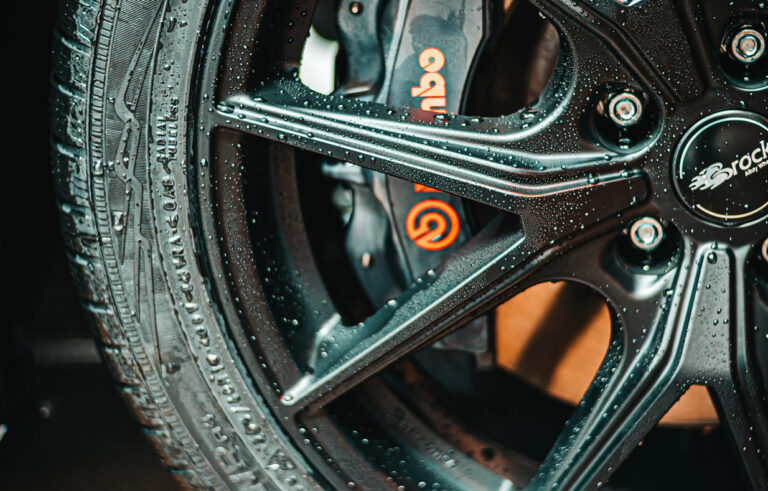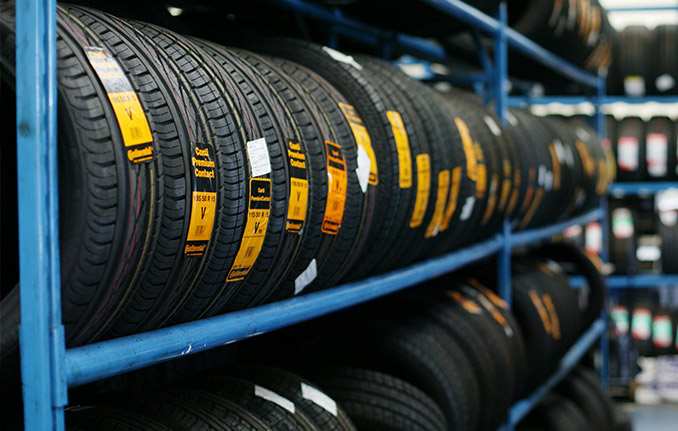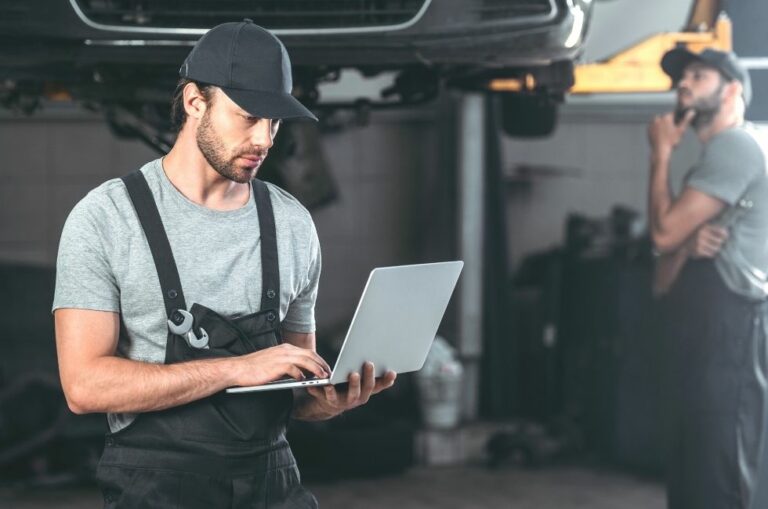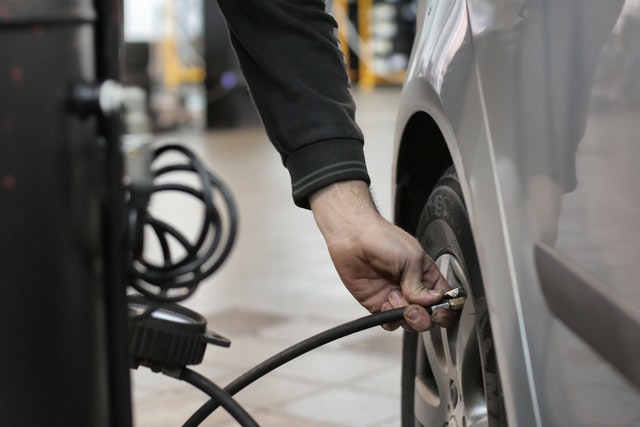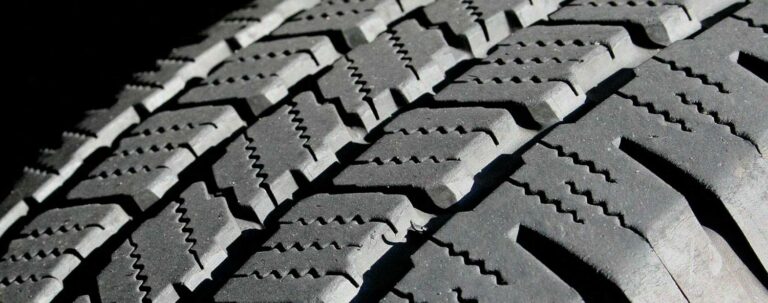A new vehicle is fitted with the tyres considered by its manufacturers to be the best suited. However, there are a number of factors which will determine whether keeping the same tyres meets the driver’s needs in terms of where and when the vehicle is used is enough, or whether a change might be wise when the time comes for them to be replaced. According to Australian tyre expert and recycler Chris Lett, this is determined by the changes in the conditions of the roads from summer to winter, and preferences based on personal driving styles.
Choosing the Right Tyres
Summer tyres, also known as standard tyres, perform at their optimum in higher Temperatures and offer excellent grip in both wet and dry conditions. But as soon as temperatures go below 7°C these tyres ten to harden, causing a loss of grip.
Winter tyres, on the other hand, have optimized tread for wet, icy and snowy surfaces and are ideal to use when temperatures drop below 7°C. With deeper channels and numerous tiny slits cut into the tread, water and slush are easily dispersed, and advanced grip is maintained. High-silica compounds in the tyre guarantee their ability to maintain their flexibility in the coldest of climates, says Lett, ensuring traction on the road no matter the conditions.
All-season tyres use a combination of winter and summer technology. They don’t harden as much in cold conditions, and have a groove pattern design which prevents the vehicle from aquaplaning on wet surfaces. Lett advises that these are only adequate where the climate is moderate throughout the year and the driver is probably not going to end up facing extreme road conditions.
All terrain tyres have an even rougher tread pattern than all-season tyres, making them a good choice for the driver who travels on both tar and dirt roads regularly, suggests Lett. They are able to handle light weight off-road driving while still maintaining comfort and grip on tar.
High performance tyres are standard passenger tyres that have been optimized for high speed, enhanced grip, quick response, shorter stopping abilities ,and can handle wet roads. High performance vehicles perform best with this tyre, but Lett advises they are not as fuel efficient and their tread may wear more rapidly.
Energy saving tyres have been designed with less rolling resistance, which lowers fuel consumption and decreases CO2 emissions. Tyres can account for up to 30% of the vehicles fuel consumption making this tyre a popular choice, says Lett, and they do not lose their ability to handle dry, wet and winter traction.
Run-flat tyres have reinforced sidewalls that allow the tyre to be driven up to 50 miles after a puncture, giving the driver the chance to get to a convenient location for repairs.
“This is great for peace of mind, says Lett, but the downside of run-flat tyres are that they need replacement sooner than conventional tyres, shortening their life by around 6, 000 miles and they cannot be repaired, only replaced,” Lett says.
When it comes to replacing tyres it can become complex. Speaking to an expert will ensure you get the right advice. Contact Chris Lett, owner of Branigans Tyres in Queensland, for any questions. Branigans Tyres offers top quality, hardly-used second hand tyres at less than half the price of new ones.
For further information, visit or call Chris and his team for Second Hand Tyres Gold Coast |Branigans Budget Tyres at the Service Centres at either Burleigh Heads (07) 5535 2660 or Southport (07) 5591 8633.
Syndicated by Baxton Media, The Market Influencers, Your Digital Marketing Agency.

